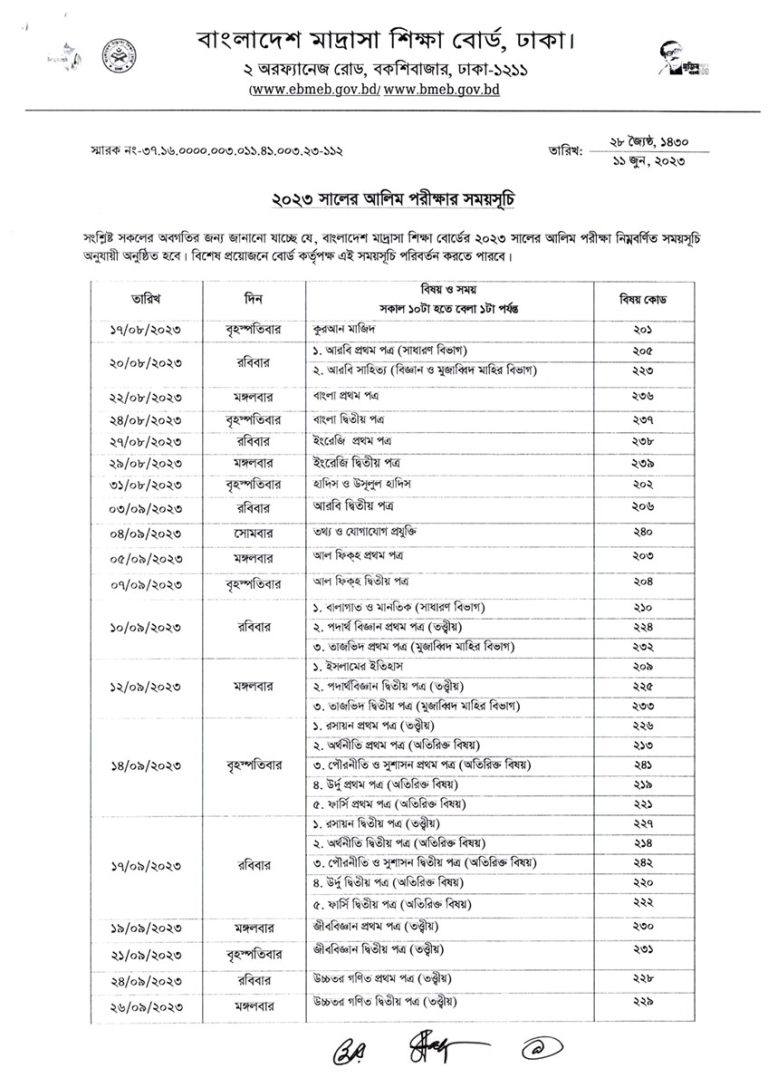Revolutionizing Urban Transit: The Transformational Journey of Dhaka Metro Rail’s Line 6 (MRT-6)
The Dhaka Metro Rail, a landmark project in Bangladesh’s capital city, Dhaka, stands as a testament to the nation’s progress in urban transit development. This extensive network, especially Line 6 (MRT-6), is fundamental to Dhaka’s plan to alleviate traffic congestion and improve urban living standards.
The bustling city of Dhaka, known for its vibrant culture and dynamic economy, has long faced the challenge of urban congestion, a byproduct of its rapid growth and dense population. In a pioneering move to address this issue, the Dhaka Metro Rail, especially its Line 6, represents a significant advancement and innovation in urban transportation. This ambitious project, part of a comprehensive strategy to overhaul Dhaka’s transportation infrastructure, promises to transform the daily commute for millions and reshape the city’s urban landscape.

Introduction to Dhaka Metro Rail’s Line 6
Line 6 of the Dhaka Metro Rail is a marvel of modern transportation infrastructure. Spanning a total length of 20.1 kilometers (12.5 miles), it features 16 operational elevated stations, each extending 180 meters in length. The line is uniquely designed to be mostly elevated, running above the existing roads, primarily over road medians, allowing for uninterrupted traffic flow underneath.
Capacity and Efficiency
A notable feature of Line 6 is its ability to efficiently manage a large number of passengers. The line is projected to serve more than 60,000 passengers per hour by 2022, with trains arriving at an interval of approximately 4 minutes. This high-frequency service means that the entire route, from start to end, can be traveled in under 40 minutes, a significant reduction from the hours-long traffic jams commonly experienced in Dhaka.
Speed and Impact on Urban Mobility
With a capability of 100 km/h (62 mph), the Dhaka Metro Rail aims to drastically cut down travel times throughout the city. This fast transit system is intended to enhance urban mobility by offering a quick and efficient alternative to conventional road transportation, potentially revolutionizing daily commutes and boosting the city’s overall vitality. This increase in speed and efficiency is expected to considerably decrease the reliance on private vehicles, thereby reducing traffic congestion. The introduction of this rapid transit system is anticipated to alleviate the city’s infamous traffic standstills, which can last up to 7 hours, transforming the way residents commute and interact with the city.
Technological Advancements and Safety Features
The Dhaka Metro Rail is at the forefront of incorporating advanced technology into urban transit. The system utilizes magnetic contactless Integrated Circuit Ticketing, commonly known as smart cards, streamlining the ticketing process and enhancing passenger convenience. Additionally, the use of Platform Screen Door (PSD) barriers at platform levels is a significant safety feature, preventing accidents and ensuring secure boarding and alighting of passengers.
Comfort and Accessibility
Each train on Line 6 consists of six spacious, air-conditioned cars, designed to maximize passenger comfort and accessibility. The frequent arrival of trains every four minutes in each direction at all 16 stations ensures that the system can handle high passenger volumes, particularly during peak hours, without compromising comfort and efficiency.
Project Management and Expertise
The Dhaka Metro Rail project, including Line 6, falls under the oversight of the Communications Ministry’s Dhaka Transport Coordination Authority. The project benefits from the expertise of the NKDM Association, a consortium comprising Nippon Koei from Japan and Development Design Consultants from Bangladesh. This collaboration brings together international expertise and local insights, ensuring that the project adheres to global standards while being tailored to the specific needs of Dhaka.
Broader Urban Impact
The introduction of Line 6 is more than just a transportation upgrade; it’s a catalyst for urban transformation. By providing an efficient, reliable, and sustainable mode of transportation, the Metro Rail is set to reshape the urban landscape of Dhaka. It will not only ease traffic congestion but also help to decrease environmental pollution and improve the overall quality of life for residents. Furthermore, the Metro Rail is expected to influence urban planning and real estate development, potentially leading to more organized and efficient urban growth.
Future Expansions and Vision
The Dhaka Metro Rail project is planned to extend beyond Line 6, with additional lines in various stages of planning and construction. These expansions are part of a larger vision to create a comprehensive, integrated urban transit system in Dhaka, addressing the growing needs of one of the world’s most densely populated cities. The successful implementation of Line 6 sets a precedent for future development, marking a significant step towards realizing the dream of a modern, connected, and sustainable Dhaka.
Dhaka Metro Rail Fare Chart
The Dhaka Metro Rail, a significant addition to Dhaka’s public transportation system, has implemented a structured fare chart for its users

In summary, the Dhaka Metro Rail’s Line 6 is a groundbreaking project, symbolizing Dhaka’s commitment to modernizing its transportation infrastructure and enhancing urban mobility. It represents a significant stride in addressing the city’s transportation challenges and sets a benchmark for future projects. As Dhaka continues to evolve, the Dhaka Metro Rail will undoubtedly play a pivotal role in shaping a more sustainable, efficient, and livable urban environment.






